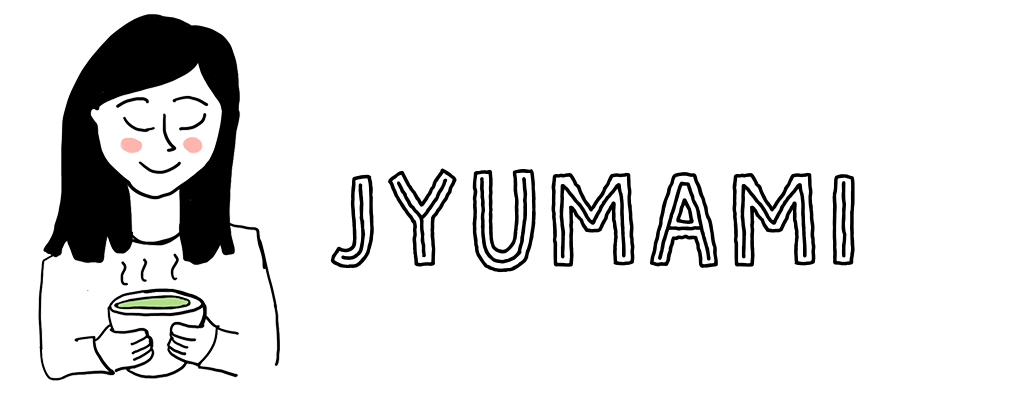A Day Trip to nikko
An itinerary summary of our recent day trip to Nikko, from Tokyo.
Nikko as a day trip
Nikko is a popular day trip destination from Tokyo, celebrated for its rich history and stunning natural scenery. With limited time, we focused our visit on exploring the UNESCO World Heritage temples and shrines that make Nikko such a special historical place. Conveniently, the temples and shrines we wanted to visit were all within walking distance of each other, making our visit easy to plan and navigate. We considered visiting Lake Chuzenji but decided it would be unrealistic for a day trip, as it would have required us to rush through the temples and shrines.
How to get there
From Asakusa Station, we took the Tobu Railway Express to Nikko-Tochigi Station, a journey of about 2 hours and 15 minutes. The Japan Rail (JR) Pass is not valid for this route, as it is operated by Tobu Railway. Depending on your timing, you might have the chance to ride the Spacia X. Tobu Railway offers two types of passes for more affordable transportation to and around Nikko: a 4-day consecutive pass and a 2-day consecutive pass. Since we were only on a day trip, these passes weren’t cost-effective for us. After arriving at Nikko-Tochigi Station, we walked along the main road to Shinkyo Bridge. Alternatively, you can take a bus for a quicker trip.
First stop: Shinkyo bridge
Our first stop was the Shinkyo Bridge, known as the “Sacred Bridge,” which spans the Daiya River. Built in 1636 and renowned for its vibrant red lacquer and elegant arch design, it marks the traditional gateway to Nikko’s revered temples and shrines. It’s possible to cross the bridge for a fee of 300 yen (cash only).
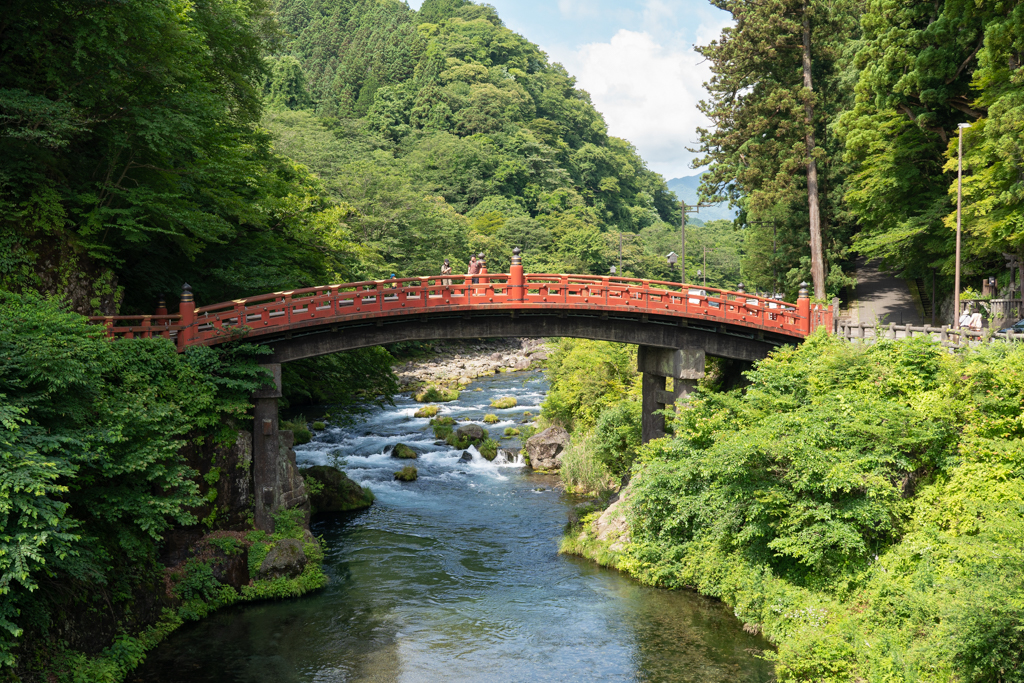
Second stop: Rinnô-ji Temple
Our second stop was Rinnô-ji Temple, one of the most significant historical sites in Nikko, founded in the 8th century by the Buddhist monk Shodo Shonin. This temple is renowned for its three large, gilded Buddha statues representing Amida, Senju-Kannon, and Bato-Kannon, which are housed in the main hall, Sanbutsudo. I was also able to collect my first goshuin of the trip here. It’s a unique way to appreciate the calligraphy, document your journey visiting temples and shrines, and it makes a nice souvenir to look back on.
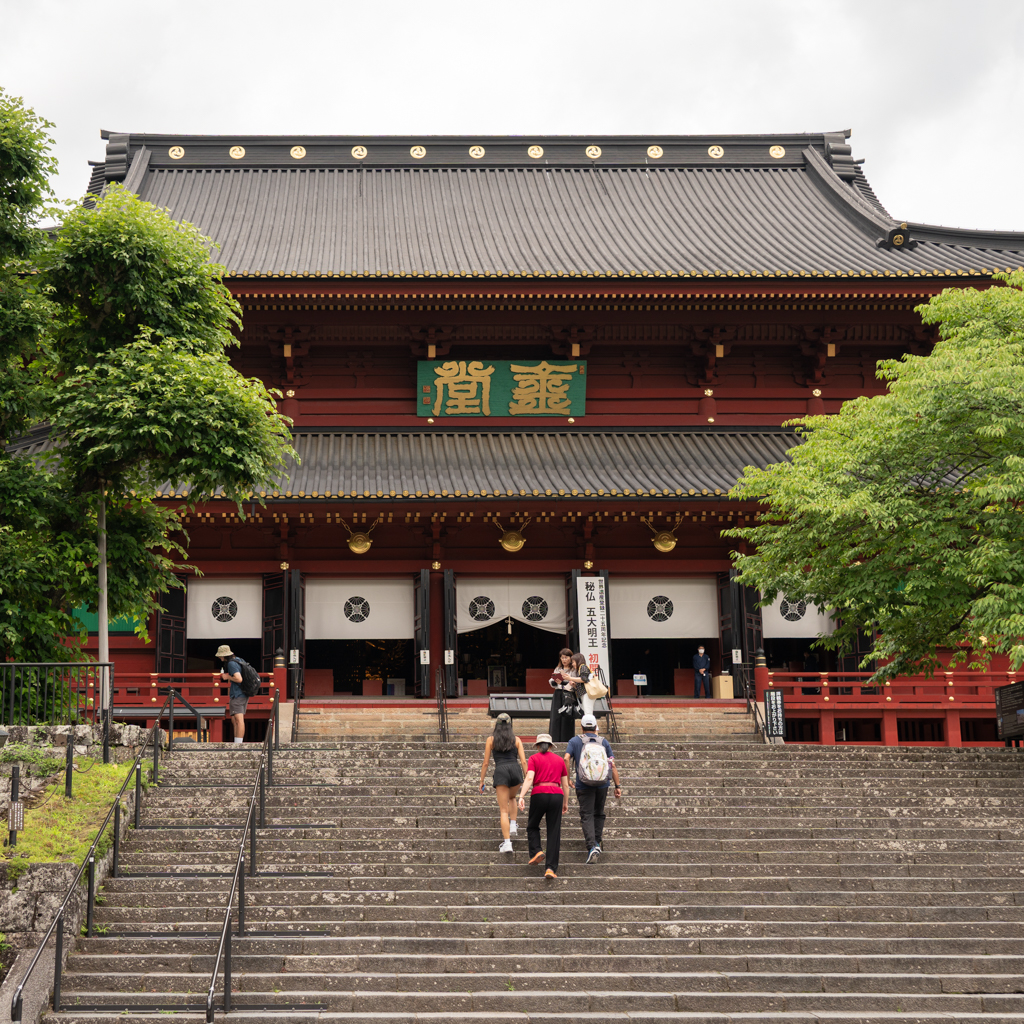
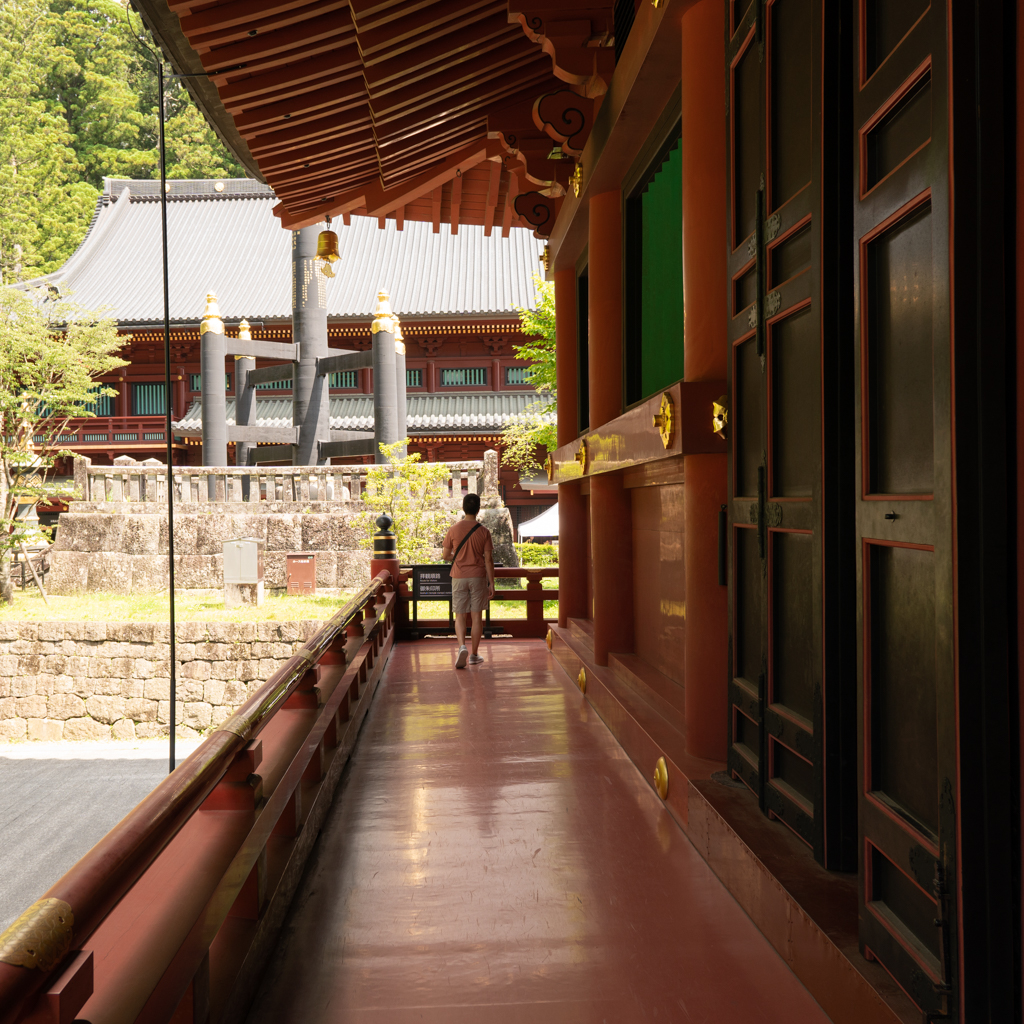
Third stop: Toshogu Shrine
This part of our visit was truly spectacular! This shrine is dedicated to Tokugawa Ieyasu, the founder of the Tokugawa Shogunate, and is renowned for its elaborate and colorful architecture. The complex begins with the majestic stone torii gate, setting a grand tone as you enter. Beyond the gate, we encountered the five-story pagoda and the Otemon gate, where statues of the shrine’s guards stand watch. Be sure to look out for the famous three wise monkeys, where the proverb “Hear no evil, speak no evil, see no evil” originated!
Continuing on, we were impressed by the Yomeimon Gate, often referred to as the “Gate of the Sun,” known for its intricate carvings and vibrant decorations. Further along is the Shinyosha, and after crossing the Karamon gate, stone steps led to the inner Toshogu Shrine, culminating at the tomb of Tokugawa Ieyasu.
Coming down from the inner shrine, we took the time to appreciate the detailed craftsmanship of the Toshogu rooftops.
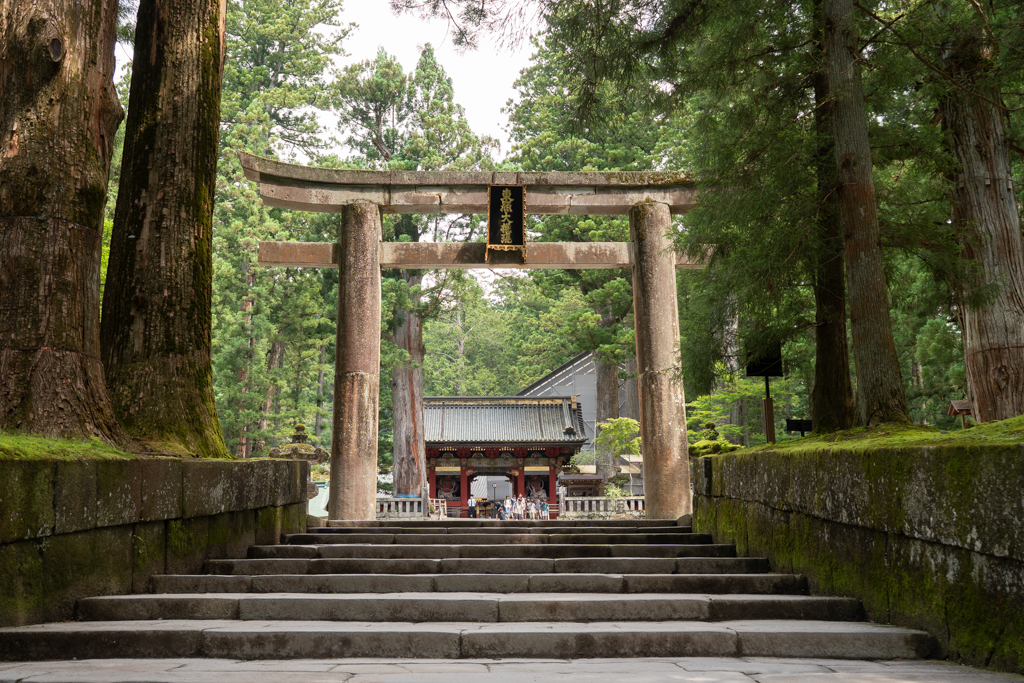
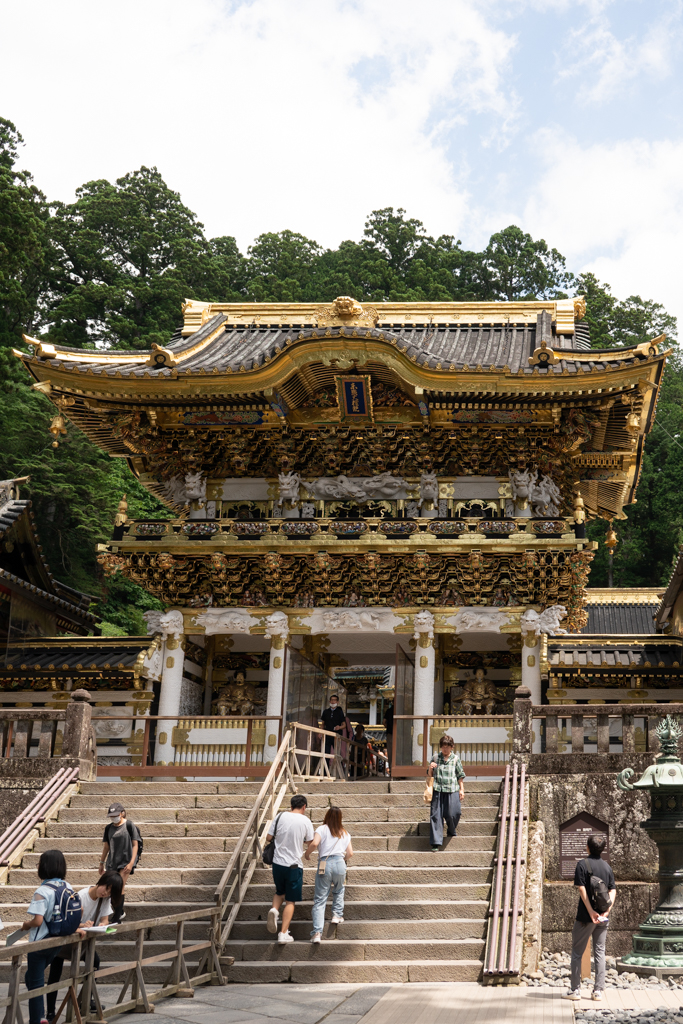
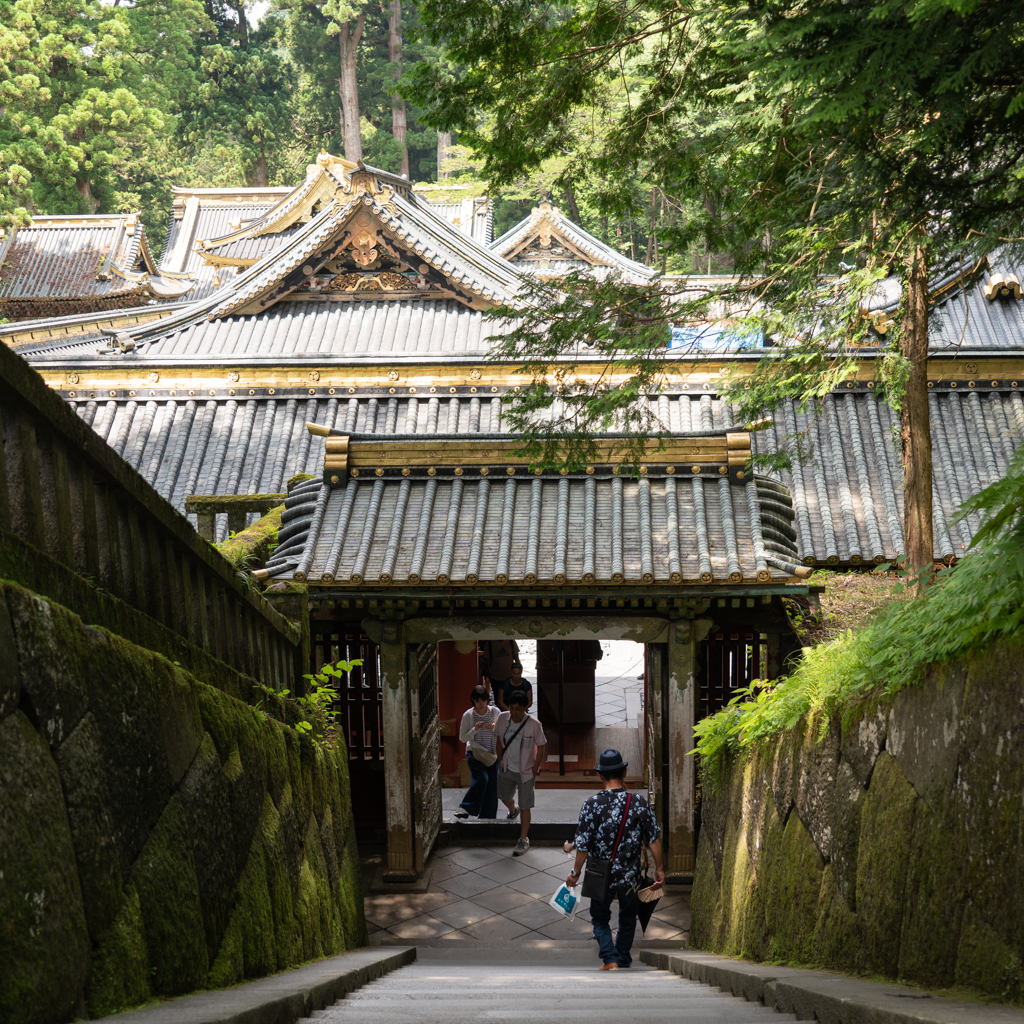
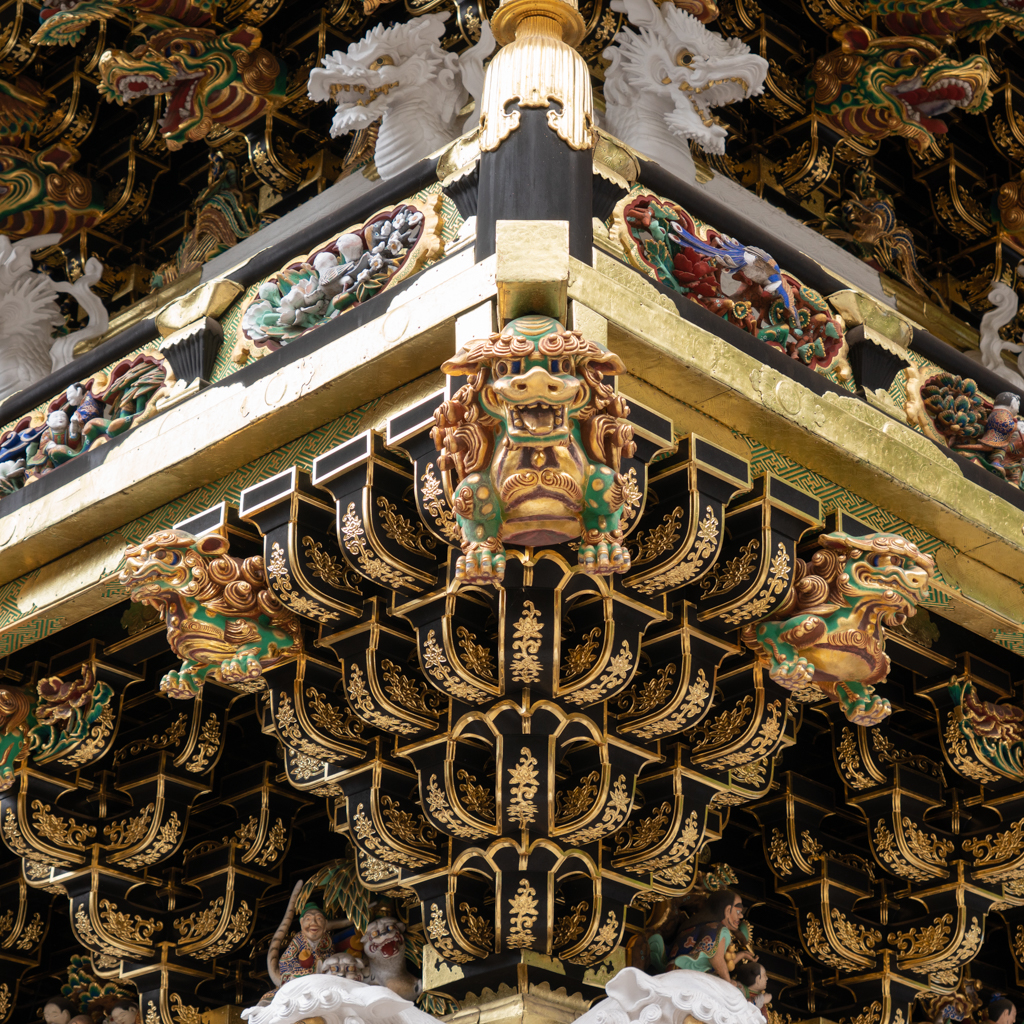
Fourth stop: Return to Rinnô-ji Temple for the fire ceremony
We returned to the Prayer Hall of Rinnoji Temple to experience the Goma fire ceremony, a captivating Buddhist purification ritual. In this ceremony, wooden prayer sticks called “Goma-gi,” inscribed with personal wishes and prayers, are burned in a sacred fire, symbolizing the purification and fulfillment of these desires. Accompanied by chanting and the rhythmic beating of drums, this spiritually uplifting ritual is held three times daily at 7:30, 11:00, and 14:00, lasting about 50 minutes. Witnessing this spectacular event was truly moving. No photos or videos are allowed.
Fifth stop: Lunch at Sannaisaryo Taikobo
Our lunch at Sannaisaryo Taikobo was a highlight of our Japan trip. Tucked away near the shrines and temples, this cozy restaurant specializes in yuba, a delicacy for which Nikko is renowned. The area’s pristine water sources are essential for producing high-quality tofu skin, or yuba, which is skimmed from boiling soy milk in a shallow pan and then dried. This traditional food has been a staple in the vegetarian cuisine of local temples and shrines since the Edo period, making it a beloved regional specialty.
We arrived at noon on a weekday and were pleasantly surprised to have the place to ourselves initially. By the time we left, only two other groups had arrived. Our set meal included a variety of delicious dishes: a silky fresh yuba roll, sesame tofu (made with sesame seeds instead of soybeans), and a fried yuba roll in a simmered fish broth, all served alongside seasonal rice and miso soup. The peaceful atmosphere, with tatami seating and lush surroundings, made it a truly memorable meal. The set cost 28,000 yen, and both credit cards and cash are accepted.
Address: 2366 Sannai, Nikko, Tochigi 321-1431, Japan
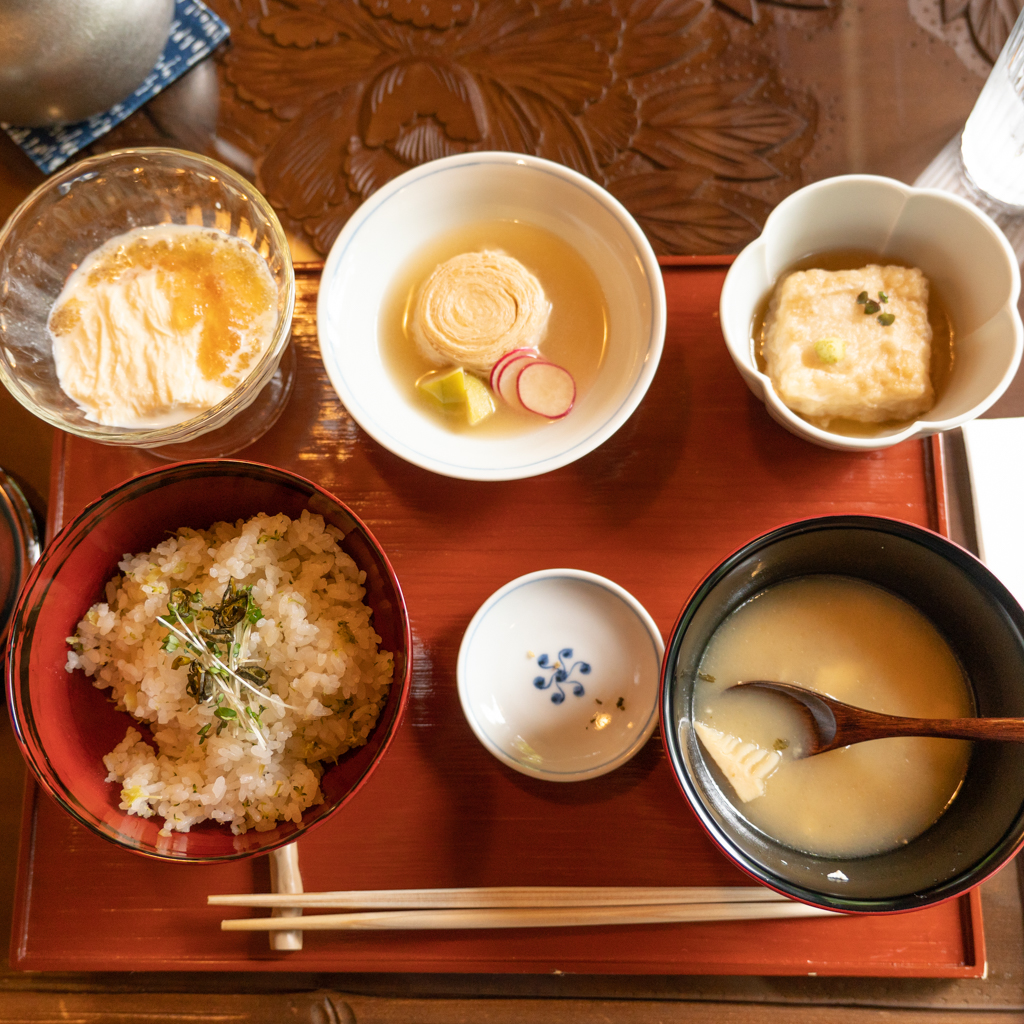
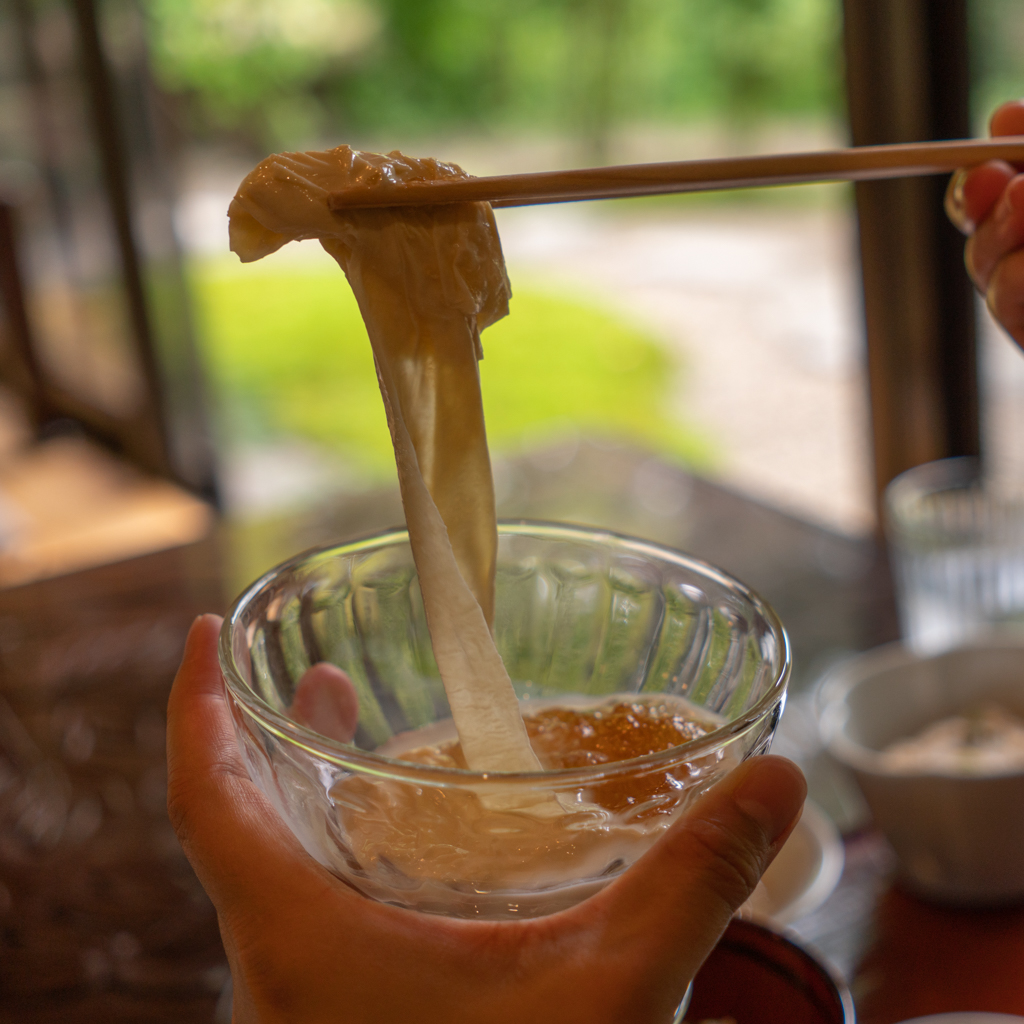
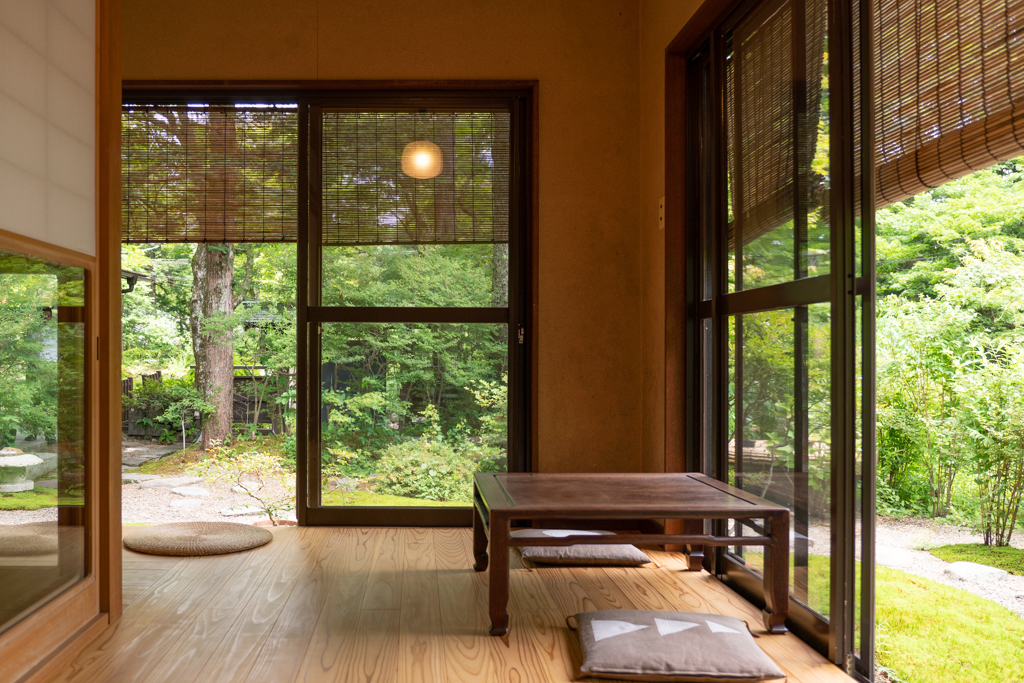
Strolling along the main road
On our way back to Nikko station, we made a few stops along the main road:
- Nikko Jingorosenbeihonpo Ishidaya Main Shop: This shop is renowned for its variety of rice crackers, with more flavors available here than in other stores. You can sample all the different flavors, including sesame, wasabi, and butter.
- Kariman Kourindō: This store specializes in fresh kariman, which translates to “fried sandwich,” but it’s not your typical sandwich. Here, dorayaki and mochi serve as the “sandwiches.” Their signature dessert is the Nikko Kariman – fried brown sugar mochi filled with red beans and sprinkled with kinako (soybean flour). It combines all my favorite textures in one delightful treat: crunchy on the outside, crispy on the edges, and chewy on the inside. They also offer fried dorayaki with red bean filling, and you can add warabimochi for an extra touch.
- Nikko Pudding Tei: Known for its incredibly creamy and silky pudding, this shop offers a wide range of flavors, including caramel, strawberry, coffee, matcha, and chocolate. Seasonal flavors such as hojicha, sakura, mango, and chestnut are also available. The puddings are priced around 500 yen each and come in covered jars, making them perfect for takeaway. For an extra treat, you can top your pudding with soft serve, though we were too full to try it.
- Tsukemonohiyama Nikkoten: This shop boasts an impressive selection of tsukemono (traditional Japanese pickles). Their range includes everything from pickled eggplants to radishes, showcasing the diversity and depth of traditional Japanese pickling techniques.
- Hinoya Liquor Store: A small, charming store offering a variety of local sake, wine, and beer. Don’t miss trying the Nikko Brewery’s Pale Ale, which won first place at the Japan Craft Beer Cup in 2020.
